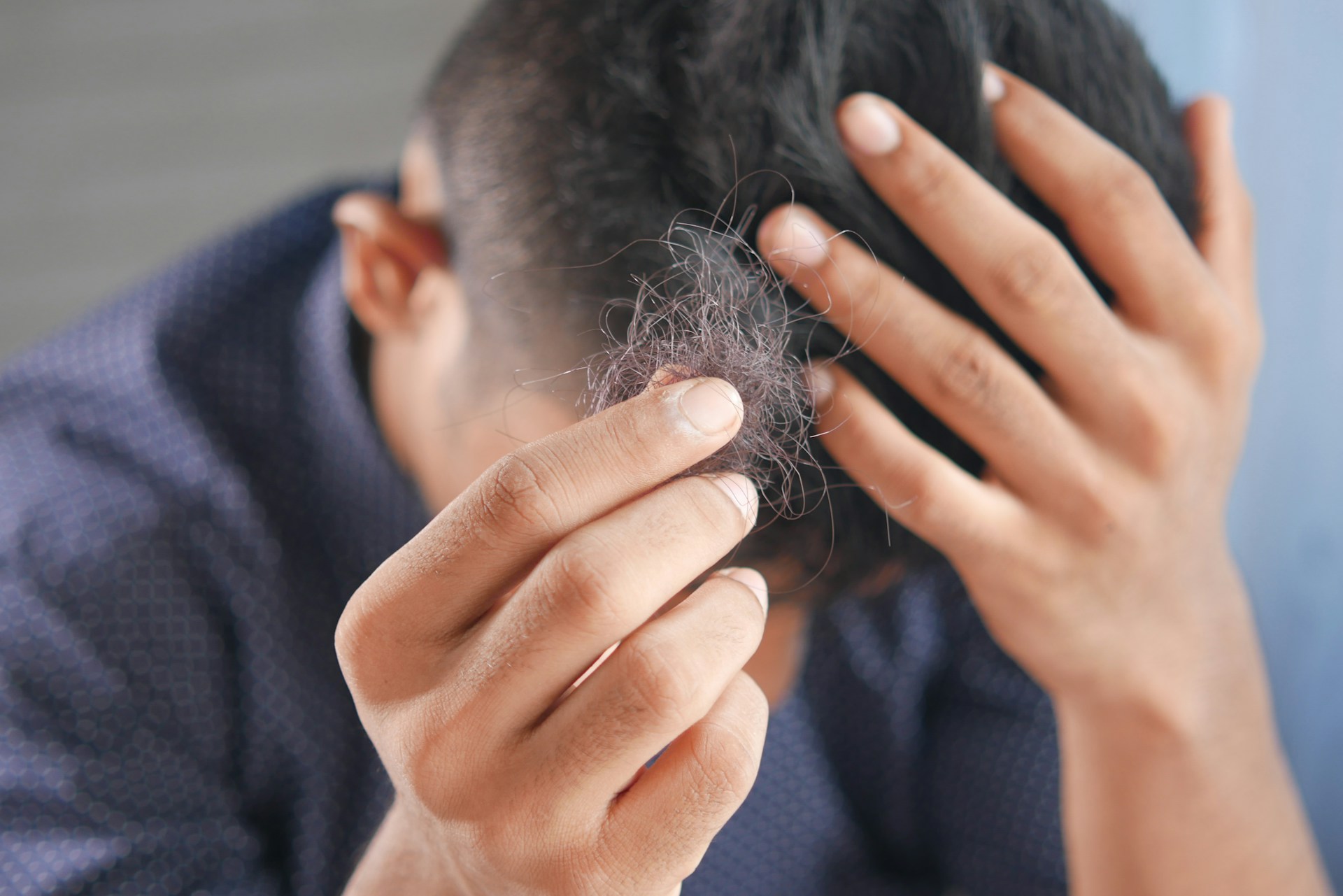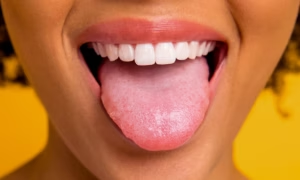Hair loss can be a frustrating experience, whether it’s thinning, receding, or shedding in patches. It affects millions of people—both men and women—and can have a serious impact on confidence and self-esteem. The good news is that there are several effective hair loss solutions available today. Let’s explore the causes, treatment options, and how to choose the right solution for you.
Common Causes of Hair Loss
Before diving into solutions, it’s important to understand what might be causing your hair loss:
-
Genetics: Hereditary hair loss, or androgenetic alopecia, is the most common cause.
-
Hormonal Changes: Pregnancy, menopause, thyroid issues, and birth control pills can affect hair growth.
-
Medical Conditions: Alopecia areata, scalp infections, or diseases like lupus can lead to hair loss.
-
Medications: Drugs used for cancer, arthritis, depression, heart problems, and high blood pressure can cause hair thinning.
-
Stress & Poor Diet: Physical or emotional stress and lack of essential nutrients can also trigger hair loss.
Hair Loss Solutions
1. Topical Treatments
-
Minoxidil (Rogaine): An over-the-counter product applied directly to the scalp to stimulate hair growth. It’s FDA-approved for both men and women.
-
Natural Oils: Coconut oil, castor oil, and rosemary oil may support hair health and reduce breakage.
2. Oral Medications
-
Finasteride (Propecia): A prescription pill for men that slows hair loss and promotes regrowth.
-
Spironolactone: Sometimes prescribed for women with hormonal hair loss.
3. Hair Transplant Surgery
-
Involves moving hair from areas with full growth to thinning or bald areas.
-
Ideal for individuals with permanent hair loss and sufficient donor hair.
4. Platelet-Rich Plasma (PRP) Therapy
-
A non-surgical treatment where your own blood plasma is injected into the scalp to stimulate hair growth.
-
Shown promising results, especially in early stages of hair loss.
5. Laser Therapy
-
Low-level laser devices can stimulate hair follicles and increase blood flow.
-
Available in clinics and as FDA-approved at-home devices (like laser combs or helmets).
6. Lifestyle & Diet Changes
-
Eat a balanced diet rich in iron, zinc, vitamin D, and biotin.
-
Manage stress through exercise, meditation, and adequate sleep.
-
Avoid hairstyles that pull on hair, like tight ponytails or braids.
When to See a Doctor
If you’re experiencing sudden hair loss, shedding in patches, or if over-the-counter treatments don’t help, consult a dermatologist, trichologist or look for hair loss solutions. They can perform tests to identify the root cause and recommend the best treatment plan for your condition.
Final Thoughts
Hair loss is common, but it’s not something you have to live with forever. With the right diagnosis and treatment, many people experience noticeable improvements. Whether you opt for natural remedies, medical treatments, or lifestyle changes, taking action early is key to regaining your hair—and your confidence.



































